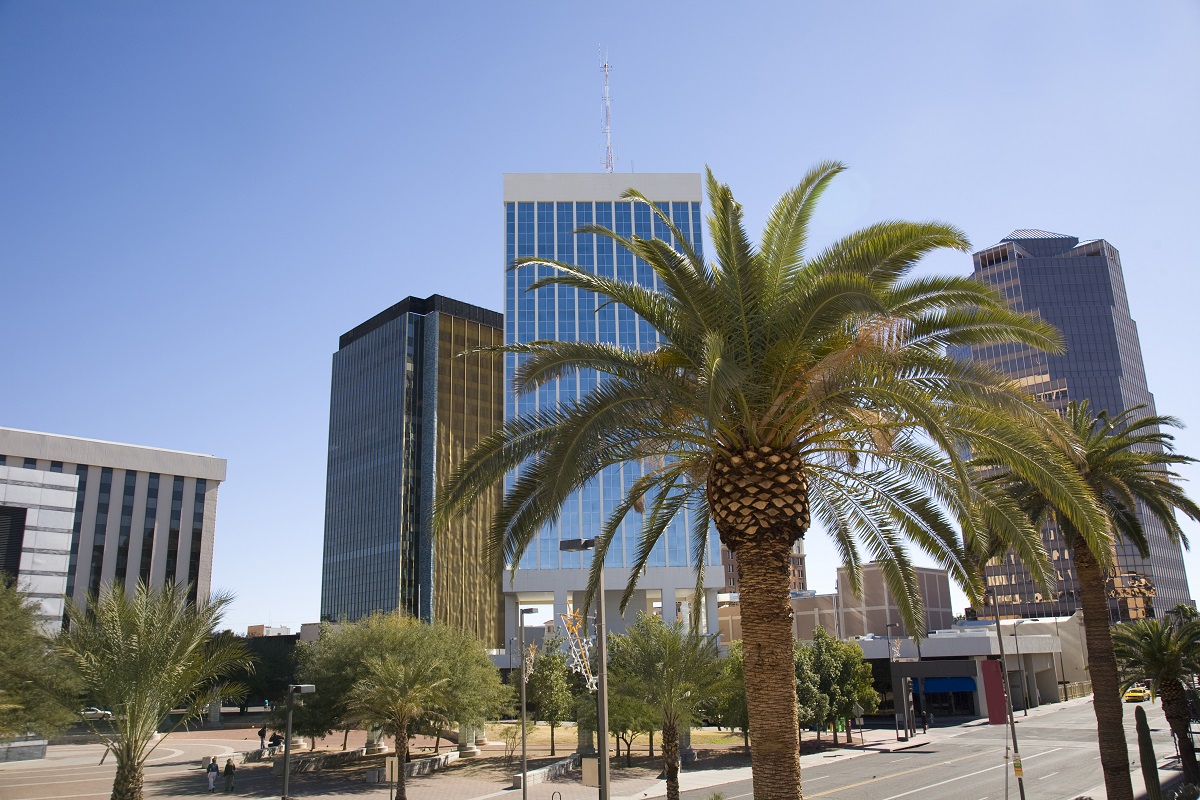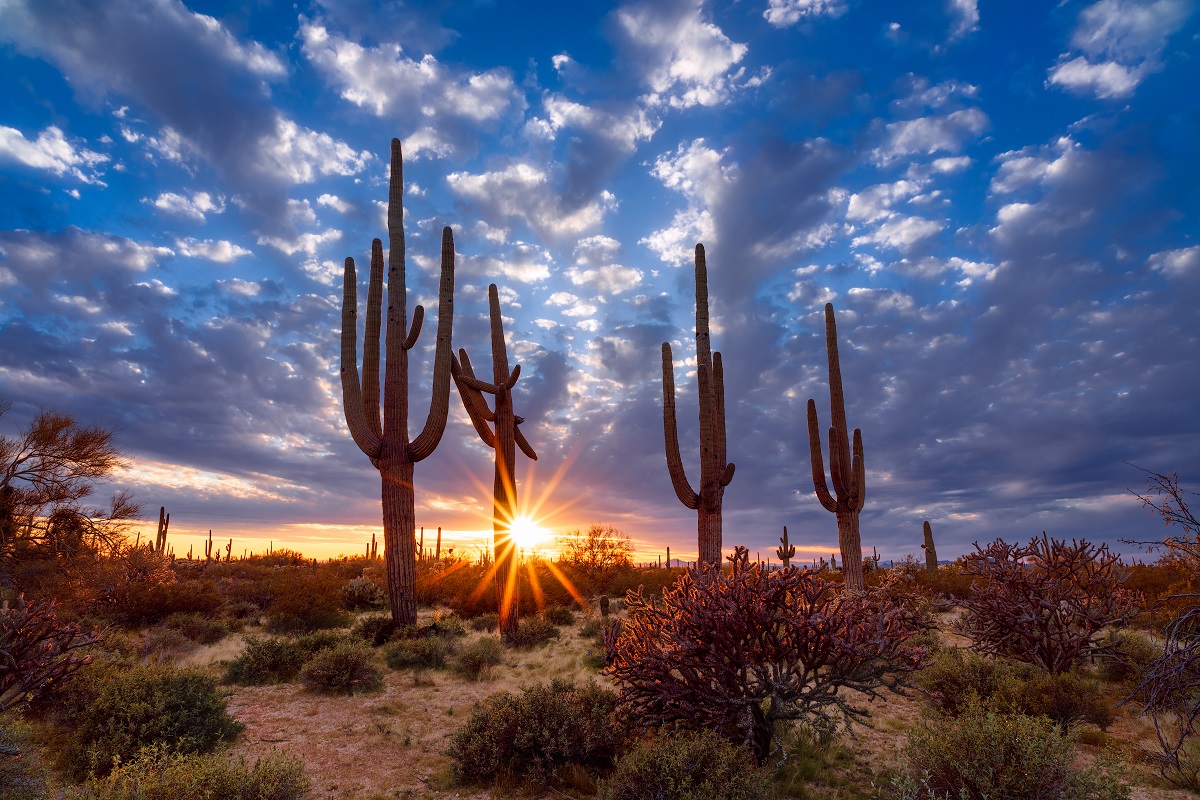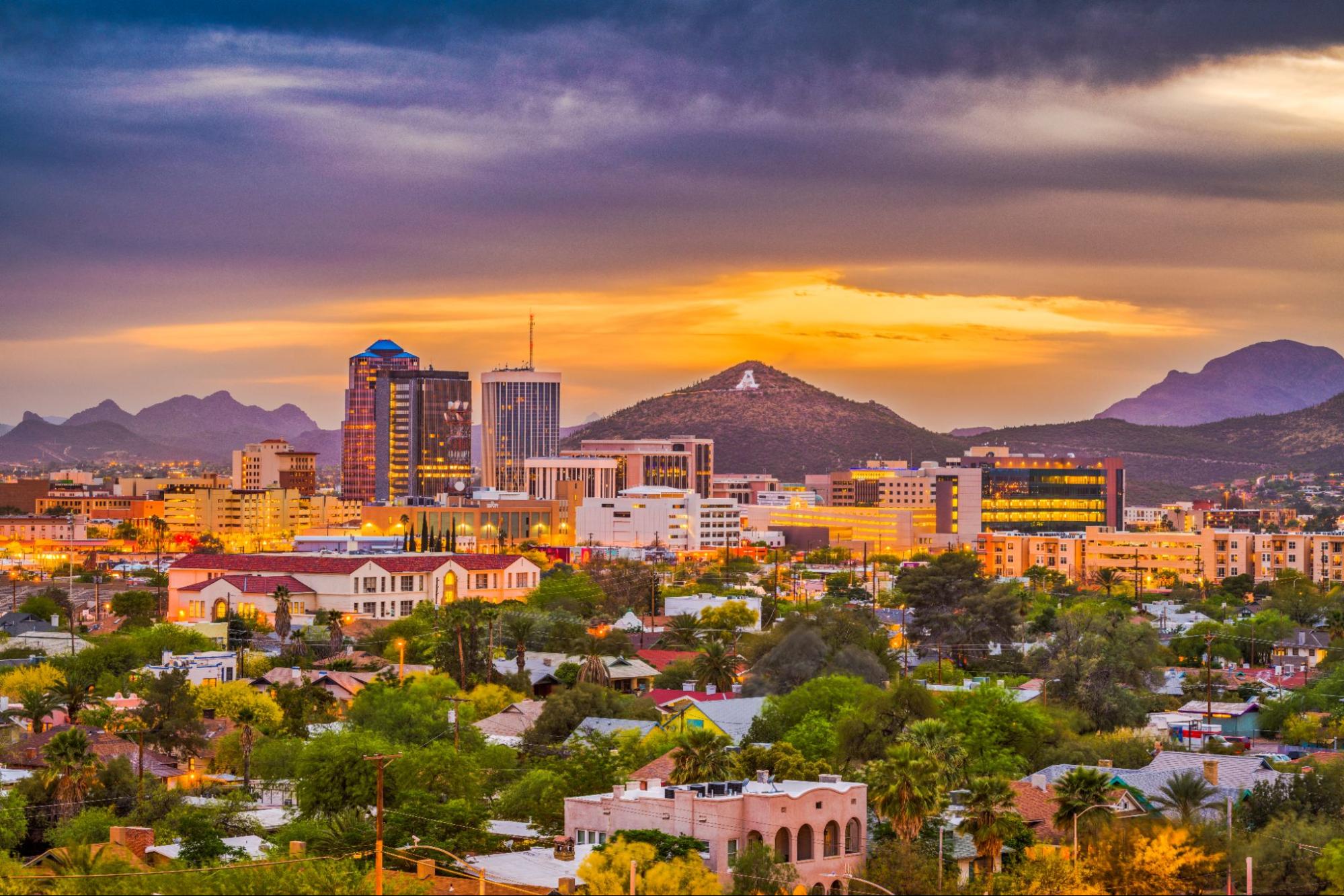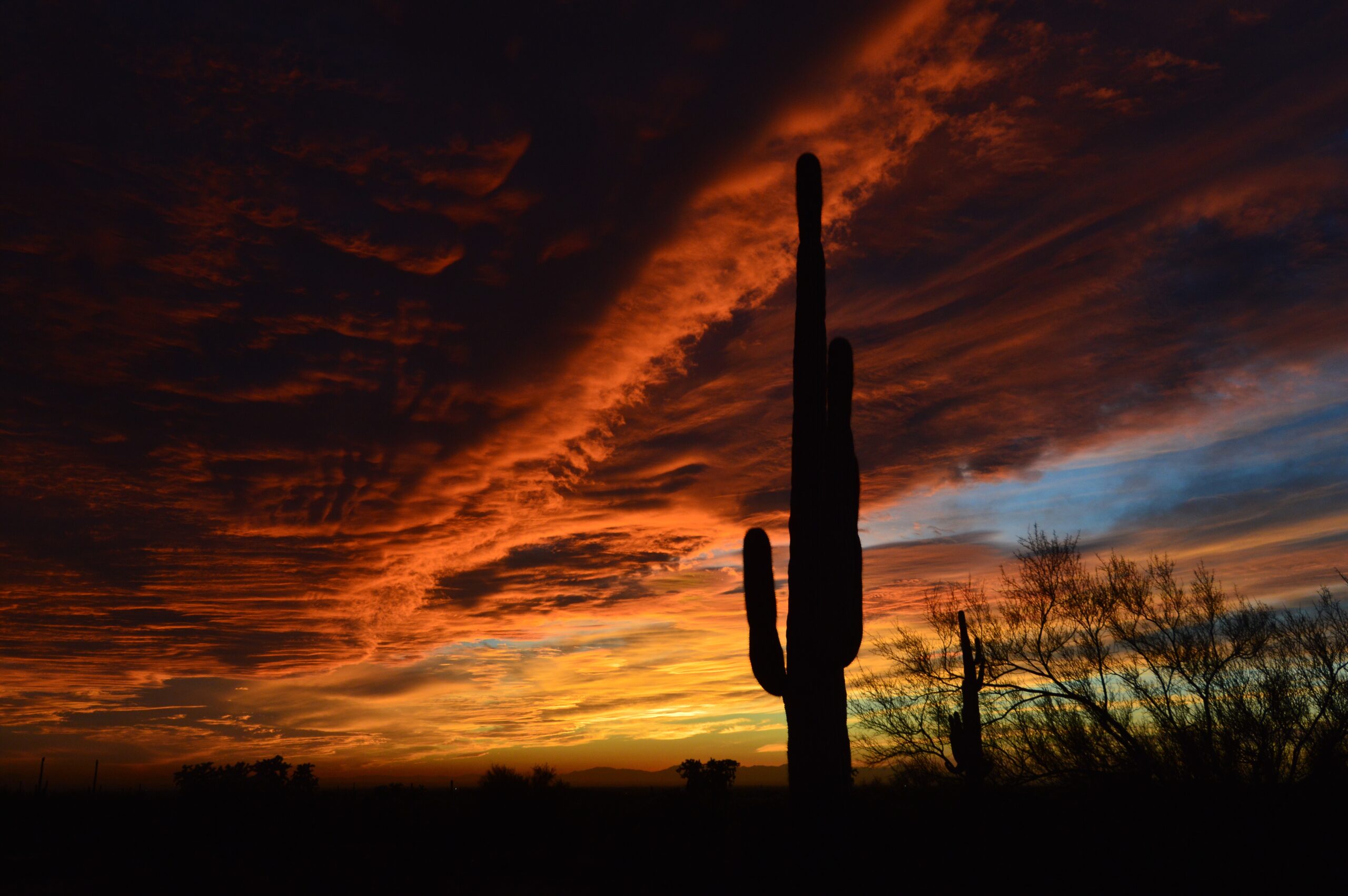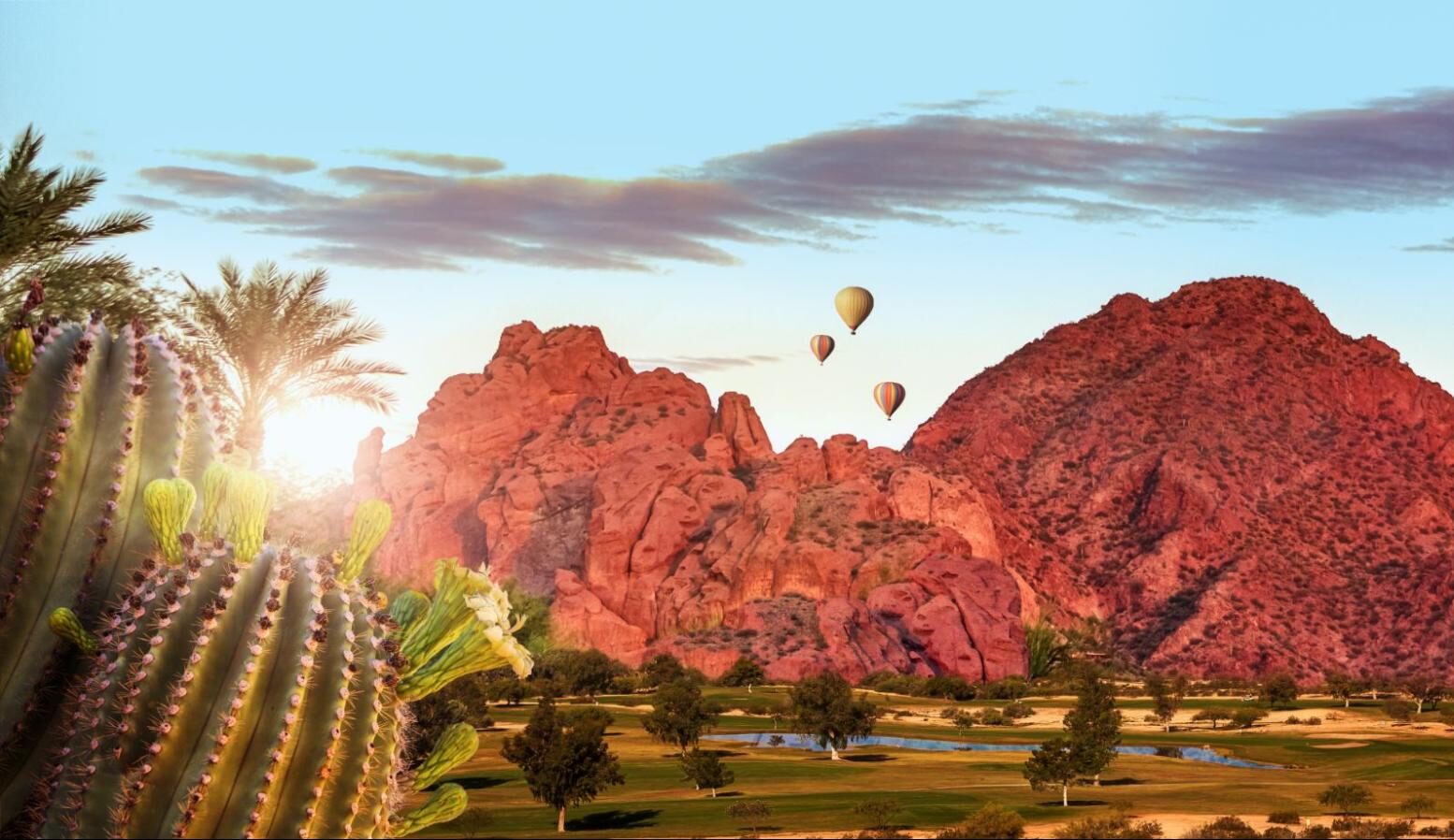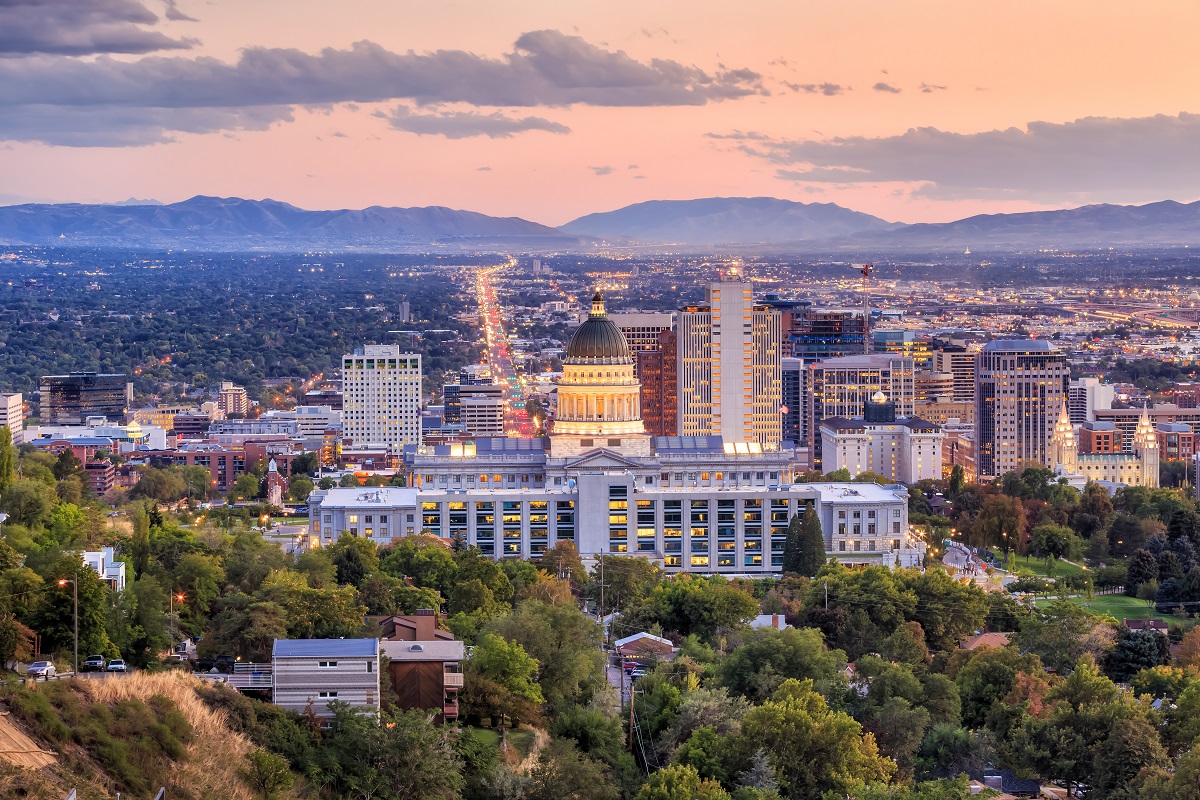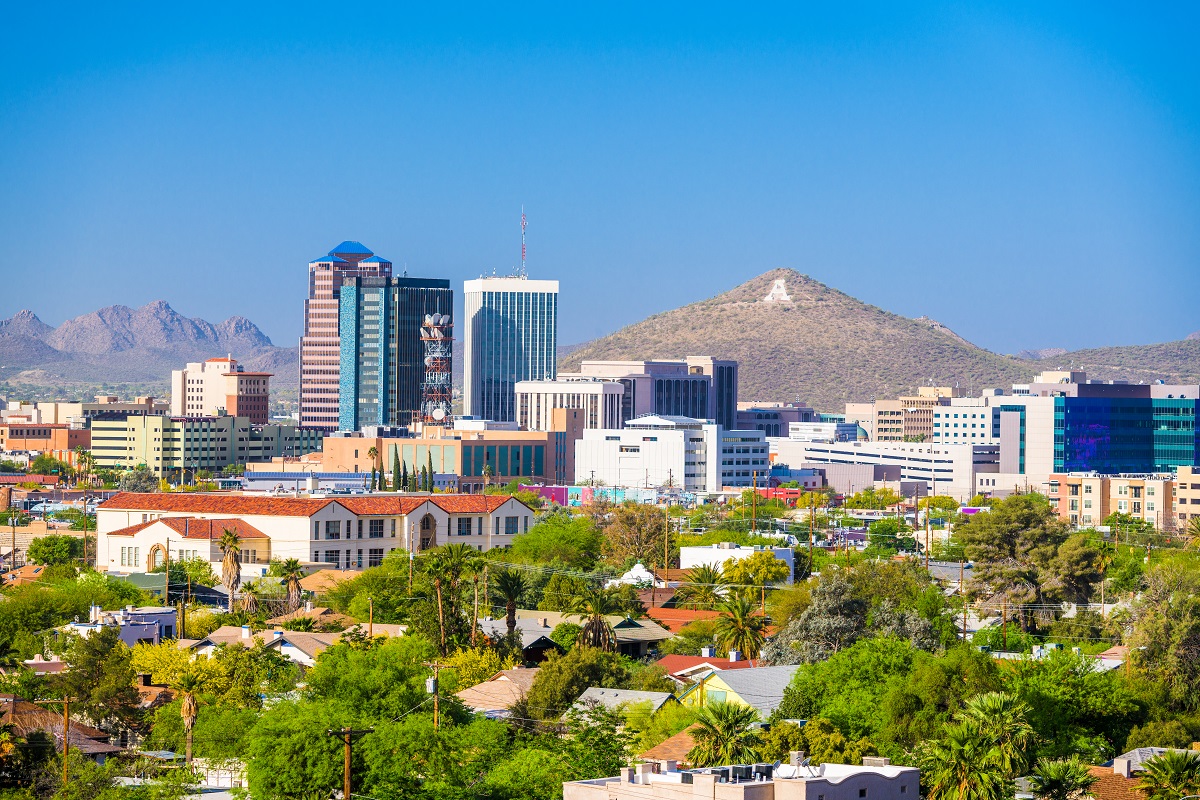
Moving to Tucson: A Guide for New Residents
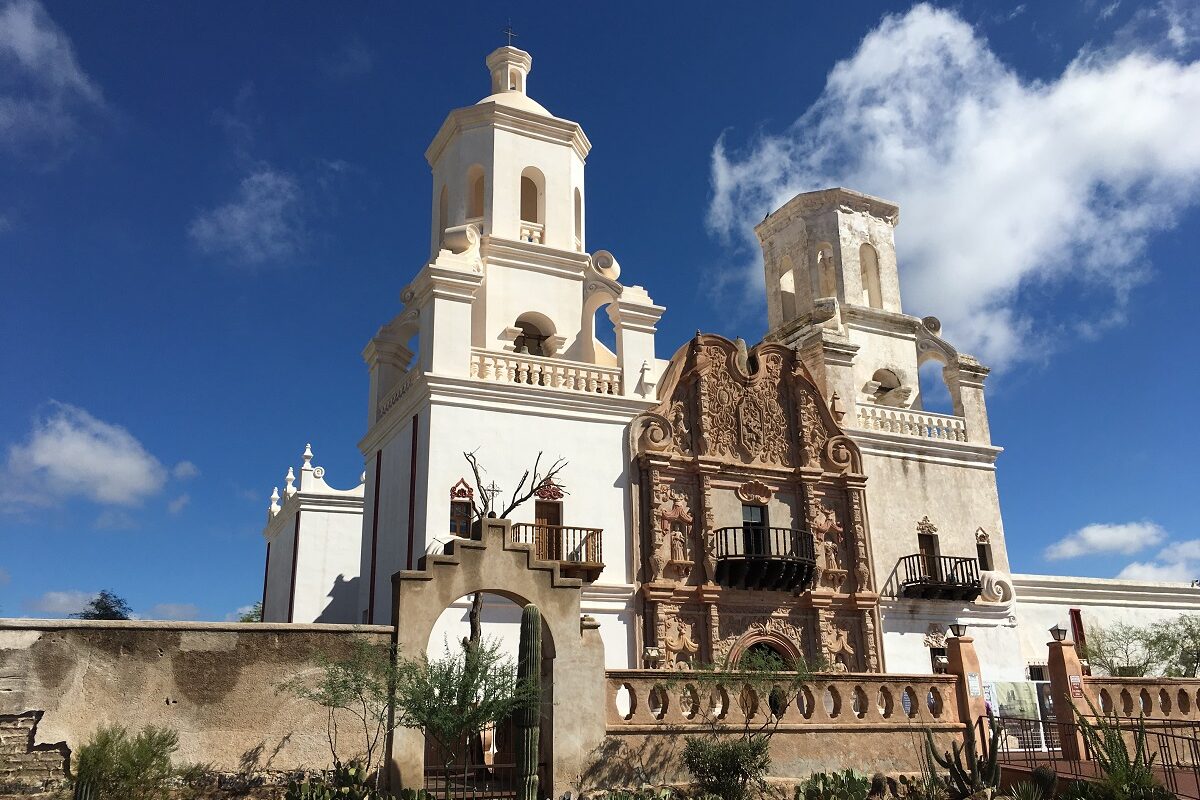
Pack a bag with your hiking boots, sunglasses, and everything else you need—you’re moving to Tucson! While you’re probably not jumping in blind, there’s a lot to learn about this southwestern city, and the more you know before you get there, the easier your transition will be.
So, what is there to know about moving to Tucson?
Quite a bit, actually. From the best bike trails to how to make it through the warmer months, this guide explores it all and dives into the details that make this Arizona city such a breathtaking spot, including:
- History
- Demographics
- Desert heat 101
- City-specific opportunities
- Tucsonan culture
- Quirks and city secrets
Let’s get started!
History
Tucson celebrates its birthday annually on Aug. 20 to honor when the city was founded in 1776. Of course, the land that would come to be called Tucson was occupied by the Hohokam people for 4,000 years prior.
Following the Treaty of Guadalupe Hidalgo and the Gadsden Purchase, the U.S. gained control of the territory from Mexico.
In the mid-1800s, this Arizona city became part of the United States, and by the end of the century, it was linked to the Southern Pacific Railroad. Following the establishment of the railroad and the homesteading plan, this southern Arizona city began welcoming immigrants, and the city grew.
The past 100 years or so have made for a major turning point in this Arizona city’s history, with important events like:
- Its population boom: After World War I, Tucson’s population hovered around 20,000. Less than 30 years later, the population boomed as nearly 120,000 people wound up moving there. This monumental change can be attributed to several factors including the burgeoning university, the Veterans’ Hospital, and the invention of air conditioning.
- The final contiguous state: While Alaska and Hawaii wouldn’t join the union until nearly 50 years later, Arizona was the last of the contiguous United States to earn its star. In 1912, President William Howard Taft officially added Arizona as a state. At that time, Tucson was its biggest and most notable city.
- Going international: By the mid-20th century, the Tucson International Airport was established, allowing for interested visitors from across the country (and the world) to get a glimpse of the area’s desert landscape.
Today, this city enjoys a close border with its southern neighbors, and while little of the early Spanish architecture is still standing, the impact of the history remains.
The region is a blend of unique and diverse cultures. There are several Native American archaeological sites throughout the area, and Tucson was even named a UNESCO Creative City of Gastronomy for its agricultural history and authentic Mexican food.
Demographics and cost of living
Tucson is the second-largest city in Arizona and home to over 542,629 residents per the 2020 United States Census. The population includes:
- 72% White
- 43.6% Hispanic or Latino
- 5.2% Black or African American
- 3.7% American Indian or Alaska Native
- 3.2% Asian
- 0.2% Native Hawaiian or other Pacific Islander
- 5.4% Two or more races
If you’re looking to rent a one-bedroom apartment within the city center, the average monthly rent rounds out to $817. However, your rent may decrease to $697.61 if you choose to live outside of the hustle and bustle of the downtown area.
When it comes to the cost of living in Tucson, you can expect to pay roughly $194.48 on utilities for a 915-square-foot apartment and $64.20 on internet costs after moving here.
Desert heat 101
It’s a given that the area gets hot—Arizona as a whole is notorious for its sweltering summers. To stay cool in the warmer months, consider the following:
- Heat risk: The potential for extreme heat means precautions are a must, especially during the summer. Luckily, the National Weather Service has designed an easy-to-read heat map of Pima County. With regular updates, the map helps residents assess the potential for heat-related injuries. No matter what the map says, always stay hydrated.
- Avoid the middle of the day: If you have to be outside during a scorcher after moving here, try to arrange your activities during the morning or evening hours. That way, you can avoid direct sunlight and peak afternoon temperatures.
- Sun protection on all fronts: While you’ll likely want to go sleeveless when you can, be sure to protect any exposed skin with high-SPF sunscreen. Hats and sunglasses are also key to protecting your eyes and face from sun damage, especially in the desert.
Remember, caffeine and alcohol can both lead to dehydration, too. So, if you’re partaking, be sure to equal out your intake with lots of water. While the extreme heat is a bit of a bother a few months out of the year, the trade-off of temperate winters and daily sunshine makes it all worthwhile.
City-specific opportunities
Before moving to this Arizona city, it’s always exciting to plan a few things to look forward to once your boxes are unpacked. Take advantage of what the city has to offer by exploring some of these fun things to do in Tucson:
- San Xavier del Bac: This 17th-century church is a marvelous masterpiece of Moorish-inspired architecture, constructed by early Spanish colonists. Both the interior and exterior display beautiful ornate details that are truly breathtaking. If you’re in the mood to travel back in time a few hundred years, make a stop for Saturday or Sunday mass, which is held outdoors in the church’s courtyard.
- Kitt Peak National Observatory: The National Optical-Infrared Astronomy Research Laboratory focuses on nighttime astronomy and daytime study of the sun. This laboratory offers options for public night viewing, so you can make your way to the summit and take in the constellations while surrounded by a beautiful mountain view on all sides.
- Arizona-Sonora Desert Museum: Discover the wildlife surrounding the city by checking out the Arizona-Sonora Desert Museum. Part zoo, part natural history museum, part botanical garden, this unique experience allows residents to familiarize themselves with the local flora and fauna of the region.
- The five mountain ranges: This Arizona city is surrounded by five nearby mountain ranges: the Santa Catalinas, the Rincons, the Santa Ritas, the Tucson Mountains, and the Huachuca Mountains. When you arrive, make your first activity hiking, climbing, or cycling your way through local trails to find your special place in nature.
Tucsonan culture
Moving to a new city can spur a little anxiety about fitting in. Fortunately, this Arizona city is filled with diverse interests and cultures, so there’s no question that there’s a space for everyone.
That said, whether you’re interested in the outdoors, scholarly pursuits, or delicious eats, this city has you covered. When living in Tucson, Arizona, you’ll encounter:
- World-class food and restaurants: From modern Mexican food to classic French crepes, Tucson has a range of restaurants you choose from. This southern Arizona city definitely takes food seriously. In fact, it’s the first U.S. city to earn a UNESCO City of Gastronomy award!
- Bilingual communication: Brush up on your Spanish—you’ll be hearing a lot of it. While it’s certainly not a necessity to speak both Spanish and English, knowing both languages can open doors and allow you to converse and connect more deeply with your neighbors.
- Wildcat football: Division 1 college football is a local pastime. While you may not be screaming “bear down” every weekend in Arizona Stadium, it wouldn’t hurt to put on a Wildcats hat to show some local pride.
- Cowboy culture: The Old West is still alive in Tucson. Saddle up to new experiences by visiting the city’s ghost town attraction, Tombstone, exploring downtown to sightsee cowboy-boot-clad locals, or attending the annual Tucson Rodeo.
Quirks and city secrets
This list wouldn’t be complete without mentioning the eccentricities that Tucson brings to the table. While every city has its interesting facts and hidden gems, Tucson is a particularly interesting case. In addition to resident’s disinterest in turn signals, a few little-known secrets about Tucson include:
- It’s a book lover’s paradise: Locals may spend a lot of time hitting the hiking trails but that doesn’t mean they don’t hit the books. Tucson is home to amazing libraries, bookstores, and the Tucson Festival of Books, the 4th largest book festival in the country. You read that right!
- There are slopes nearby: While Tucson is known for its heat, it’s also known for its proximity to the Mount Lemmon Ski Valley, which is located just north of Tucson in the Santa Catalina Mountains. Whenever you need a break from the hiking trails, you have the opportunity to hit the slopes.
- The city spreads out: Despite the moderate skyline in Tucson’s downtown, the city is less about sparkling towers and more about distinct neighborhoods. The geography of Tucson is delineated into unique districts that make the city feel like a microcosm of diverse cultures.
Making moving easy with Landing
If you’ve scoped out your perfect spot in the Sonoran Desert and are ready to begin your quest to try every chimichanga in the city, plan your move to a furnished apartment in Tucson with Landing.
With Landing, leases are flexible and furnishings are included. Take a look at our network of Tucson rentals and discover your next place in minutes. Browse our furnished apartments in Tucson today!

